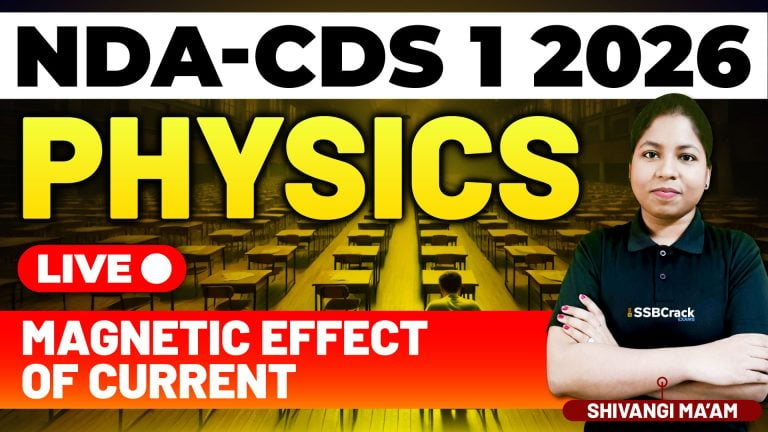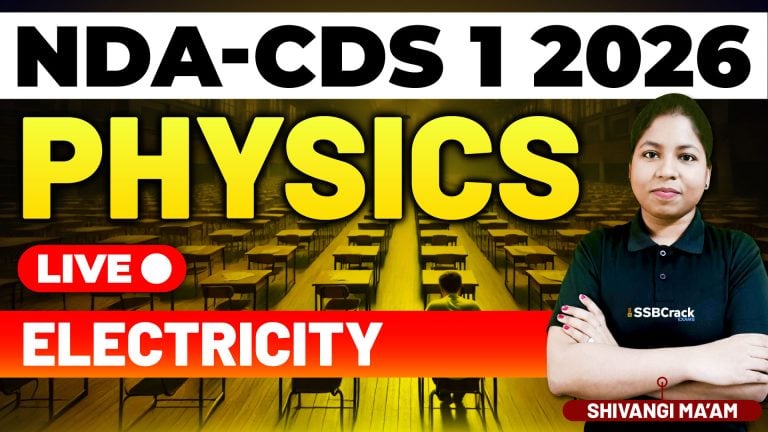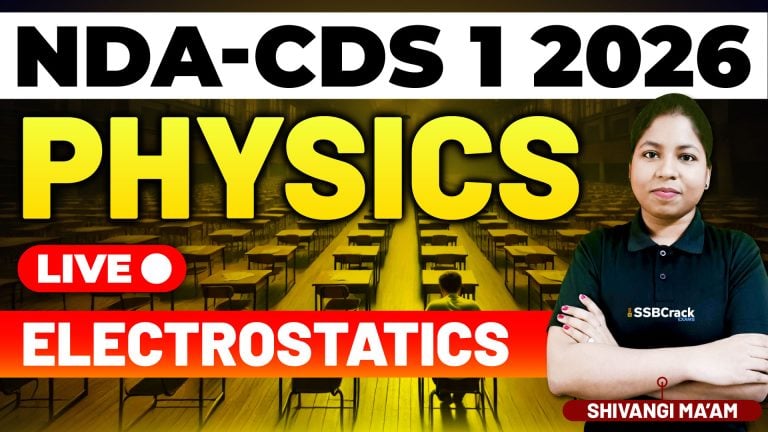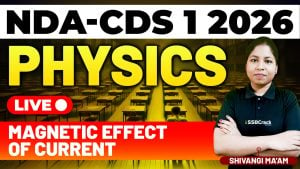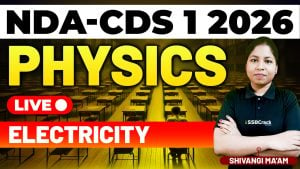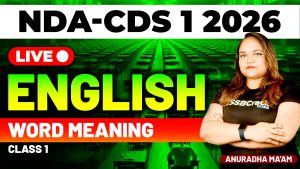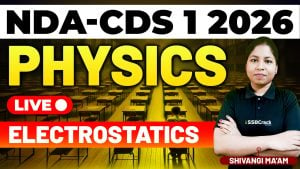A recent class on Analytical Geometry 2D was conducted with a focus on solving multiple-choice questions (MCQs) in preparation for the National Defence Academy and Naval Academy (NDA-NA) Exam – Paper I (Maths). The class emphasized important subtopics such as straight lines, circles, parabolas, ellipses, and hyperbolas. These concepts are essential for mastering Analytical Geometry and play a significant role in the NDA-NA mathematics syllabus. The discussion was centered around problem-solving techniques, analyzing previous years’ MCQs, and anticipating future exam trends.
In this blog, we’ll break down the key areas discussed in the class and provide strategies that can help you prepare effectively for the NDA-NA exam on this topic.
The Importance of Analytical Geometry 2D in NDA-NA Exam
Analytical Geometry 2D is a critical part of the NDA-NA exam syllabus. It includes the study of geometric shapes and their properties in two-dimensional space. The topic demands a strong conceptual understanding, combined with problem-solving skills, to navigate through various questions. The subtopics of straight lines, circles, parabolas, ellipses, and hyperbolas form the backbone of this section, and mastering these concepts can significantly improve your score.
The class began with an overview of these subtopics, emphasizing their importance in the exam and their real-world applications.
Key Subtopics Discussed
1. Straight Lines
The topic of straight lines forms the foundation of Analytical Geometry. The class focused on the key concepts such as:
- Slope of a Line: Understanding how the slope determines the angle and direction of a line.
- Different Forms of Equations of a Line: Familiarity with the various ways of expressing the equation of a straight line (e.g., slope-intercept form, point-slope form).
- Distance Concepts: Calculating the distance between points, between a point and a line, and between two parallel lines.
- Angle Between Two Lines: Determining the angle of intersection between two lines using their slopes.
In the exam, questions on straight lines typically involve solving problems using these basic concepts. The class discussed how solving previous MCQs could help identify patterns in how these questions are framed.
2. Circles
The study of circles included various forms of the equation of a circle and its properties. The key focus areas were:
- Standard Equation of a Circle: Understanding the general form of a circle’s equation and how it represents the geometric shape.
The class discussed how exam questions on circles often require applying these concepts to identify key characteristics of the circle, such as its radius, center, and tangents.
3. Parabola, Ellipse, and Hyperbola
These three conic sections were discussed in great detail. Each shape has unique properties that are tested in the NDA-NA exam.
- Parabola: The equation of a parabola, its focus, directrix, and latus rectum are the essential elements examined.
- Ellipse: The discussion of ellipses focused on its eccentricity, major and minor axes, and the relationship between the two.
- Hyperbola: For hyperbolas, the key properties such as foci, and eccentricity were covered.
MCQs related to conic sections often test your understanding of their properties and their ability to analyze geometric figures using their equations. The class discussed strategies for tackling these MCQs by breaking down complex problems into manageable steps.
Strategies to Prepare for Analytical Geometry 2D
- Understand Core Concepts: Before diving into solving problems, ensure that you have a strong grasp of the fundamental concepts, such as the equations of lines and conic sections, slopes, distances, and angles. Review your textbooks or notes and focus on understanding the properties of geometric figures.
- Practice Previous Year’s MCQs: As emphasized in the class, practicing previous year’s MCQs is crucial. It helps in recognizing the patterns and types of questions that are frequently asked. By solving these questions, you can get a feel for the difficulty level and the time management required for the exam.
- Visualize the Geometry: Geometry is a visual subject, so try to visualize the shapes and graphs as you work through problems. Drawing diagrams can help in better understanding the relationships between different elements, such as points, lines, and curves.
- Time Management: Analytical Geometry questions can be time-consuming if you don’t approach them with the right strategy. Practice solving questions under timed conditions to improve your speed and accuracy. The class highlighted the importance of knowing shortcuts and techniques that save time, especially when solving multiple-choice questions.
- Focus on Important Formulas: Even though this blog avoids mathematical formulas, it’s essential to have key formulas memorized for the exam. Regularly revise these formulas, and ensure you know when and how to apply them during problem-solving.
- Mock Tests and Revision: Take mock tests to simulate the exam environment and evaluate your performance. After the mock test, revisit the areas where you made mistakes or struggled and revise the related concepts. Regular revision is the key to retaining complex topics like Analytical Geometry.
- Solve a Variety of Problems: Go beyond the standard textbook examples and challenge yourself with higher-level problems. This will not only enhance your problem-solving skills but also prepare you for unexpected or tricky questions in the exam.
Conclusion
The recent class on Analytical Geometry 2D, with a focus on solving MCQs from the topics of straight lines, circles, parabolas, ellipses, and hyperbolas, offered valuable insights into how these concepts are tested in the NDA-NA exam. By understanding the geometric properties, practicing extensively with MCQs, and adopting effective problem-solving strategies, you can build a strong foundation in this area of mathematics.
Analytical Geometry is a scoring topic in the NDA-NA exam, provided you have a clear conceptual understanding and are well-versed in solving the types of questions commonly asked. Regular practice, revision, and time management are essential to succeed in this section. With the right approach, you can master Analytical Geometry and improve your overall performance in the exam.
Good luck with your preparation!

